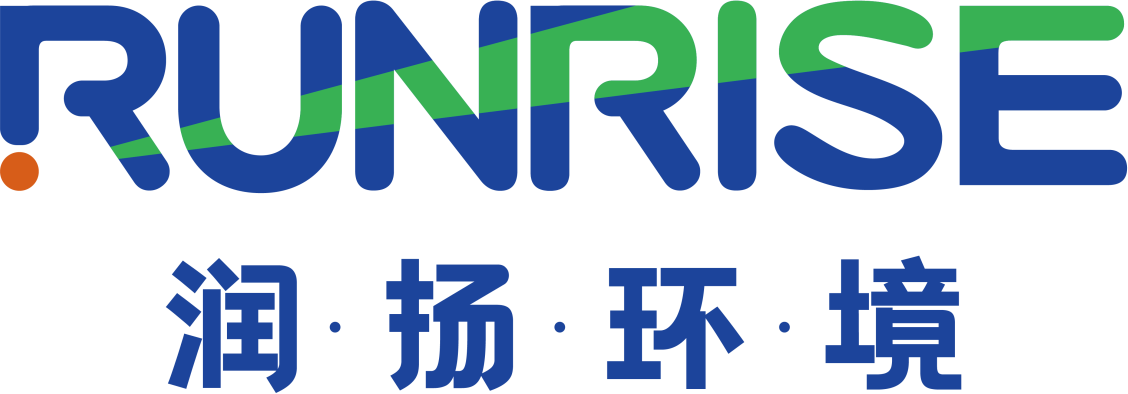Marketing Hotline:
(+86)0532-88988868
(+86)0532-88988868
One. Preparations
1. Prepare all possible tools used in the construction process;
2. Clean the upstream inlet pipeline;
3. Carefully evaluate the quality of influent water;
4. Check whether there is leakage in the pipeline;
5. Prepare water-soluble lubricant (chemical pure glycerin);
6. Ensure that the parts and chemicals used are complete;
7. Check the operation of the pretreatment system and the normal water output.
Two. Dismantling of old membranes and installation of new membranes for reverse osmosis
1. Disassemble the pressure vessel of the reverse osmosis membrane, unify all end caps and parts, and store them in order.
2. Take out the old reverse osmosis membrane element in the pressure vessel and rinse the pressure vessel clean.
3. Take out the new membrane element and check whether the position and direction of the brine sealing ring on the element are correct.
4. Push the end of the membrane element without salt water sealing ring into the membrane shell in parallel from the inlet end of the pressure vessel until the element is exposed about 10 cm outside the inlet end of the pressure vessel.
5. Insert the connecting pipe between the components into the central pipe, and apply a small amount of glycerin lubricant on the joint "O" ring before installation, if not, it can also be directly wetted with qualified pretreatment water.
6. Take out the second membrane element, check whether the position and direction of the brine sealing ring on the element are correct, support the element and let the connecting pipe on the previous element be inserted into the central tube of the element, and push the element into the pressure vessel in parallel until the second element is about 10 cm exposed.
7. Repeat the steps until all the components are loaded into the pressure vessel, transfer to the concentrated water end, install the connecting pipe on the central pipe of the first element, the length of the element and the pressure vessel determines the number of membrane elements that can be installed in a single pressure vessel, and install a thrust ring at the concentrated water end of the pressure vessel during installation.
8. Check the "O" ring on the component adapter, insert the component adapter into the concentrated water end plate, align the component connecting pipe and push the concentrated water end plate assembly parallel to the pressure vessel; Rotate and adjust the concentrated water end plate assembly to align it with the external connecting pipe; Install the end plate snap ring
9. Push the membrane element from the water inlet side to the concentrated water side until the first installed membrane element is firmly in contact with the concentrated water end plate.
10. Install the end plate of the water inlet. Before installing the inlet end plate, in order to prevent the axial movement of the components during the system start-up and shutdown and the impact between the components, the gap between the membrane element and the end plate can be adjusted with an adjustment sheet (thickness 5 mm).
11. Repeat the above steps, install the membrane element in each pressure vessel and connect all external water inlet, brine and permeate pipelines.

Three. Equipment commissioning
1. Inspection and preparation before commissioning, including the following parts:
A. Configure measuring instruments to calibrate each instrument;
B. Set up sampling points in each link of the system, and correctly set the interlocking, delay and alarm devices;
C. Check the connection between the pressure vessel and the cleaning pipeline, and tighten all the joints;
D. No-load test rotation of each rotating equipment such as water pump to ensure correct steering and good lubrication;
E. Open the permeate discharge valve and open the concentrated water discharge valve;
F. Before starting the high-pressure pump, adjust the opening of the outlet valve of the high-pressure pump to control the inlet flow of the membrane system to be less than 50% of the inlet water of the operating operation.
2. Check all valves and ensure that all settings are correct, and the membrane system permeate discharge valve, inlet water control valve and brine control valve must be fully opened.
3. Use low-pressure and low-flow qualified pretreatment effluent to drive away the air in the membrane element and the pressure vessel, and all produced water and concentrated water in the process should be discharged to the sewer.
4. During the flushing operation, check whether there are leakage points at the connections of all valves and pipelines.
5. The system of dry film should be continuously washed at low pressure for more than 6 hours or 1~2 hours first, and then rinsed for about 1 hour after soaking overnight. During low-pressure, low-flow flushing, the addition of antiscalants to the pretreatment section is not permitted.
6. Reconfirm that the permeate valve and the brine control valve are in the open position.
7. The first time the high-pressure pump is started, the water inlet control valve between the high-pressure pump and the membrane element must be in a state close to fully closed, so as to prevent the impact of water flow and water pressure on the membrane element.
8. Start the high-pressure pump.
9. To avoid the over-flow and over-pressure impact of the membrane system, after the high-pressure pump is started, the water inlet control valve of the outlet of the high-pressure pump should be slowly opened to evenly increase the concentrated water flow to the design value, and the pressure increase rate should be less than 0.07 MPa per second.
10. While slowly opening the inlet control valve at the outlet of the high-pressure pump, slowly close the concentrate control valve to maintain the concentrated water discharge flow specified in the system design, and observe the water flow rate of the system at the same time, and gradually adjust it to make the recovery rate reach the design value.
11. Check whether the dosage of all chemicals is consistent with the design value, and determine the pH value of the influent water.
12. The system runs continuously for 1 hour. When the permeate is qualified, the qualified permeate conveying valve is opened first, and then the permeate discharge valve is closed to supply water to the follow-up equipment. Record all operating parameters of the first group. The above adjustment is generally carried out in manual operation mode, and after stabilization, the system is converted to automatic operation mode.
13. After 24~48 hours of continuous operation, view all recorded system performance data, including inlet pressure, differential pressure, temperature, flow rate, recovery rate and conductivity. Influent water, brine water and total system produced water are also sampled and analyzed. Confirm that the equipment is operating normally and the construction is complete.


